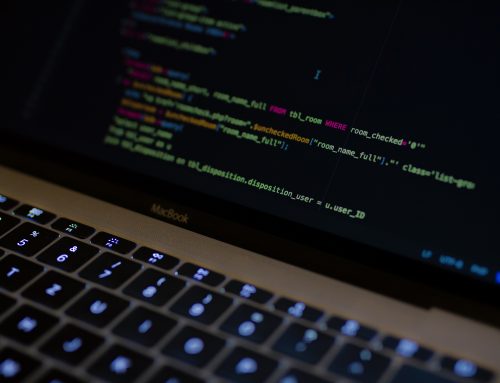Any business can become a victim of Cybercrime, regardless of whether it’s a small family run operation or a multi-national corporation. According to the National Cyber Security Alliance, a large portion of businesses suffering a data breach fail within a few months after the crime. The downfall usually stems from a ruined reputation and lack of trust from the public, rather than from a purely financial perspective.
Cybercrime in Australia
In 2018, Cybercrime cost the Australian economy $4.5 billion, and it’s predicted to have even stronger growth in 2019. The average cost of a cyber-attack for a medium-sized business is $1.9 million. Unfortunately, cybercriminals only need to trick one person in the organization into giving them access.
The cost of cybercrime doesn’t just come from the act itself, as physical resources, lost data, increasing security measures, and paying out ransomware all add to the bill.
In 2019, businesses will be facing some of their toughest challenges yet, as hackers gain access to more sophisticated equipment and develop more refined techniques.
The toolset hackers employ in their trade are getting smarter and faster at circumventing the security systems companies have installed. Australian businesses must always be vigilant against attacks, while also ensuring all staff members are kept up-to-date about the latest scams and threats. We think the following will be the top 5 IT cybersecurity trends for fighting the good fight against cybercrime in 2019.
Ransomware on the Rise
In 2018, statistics showed that almost half of Australian businesses were targeted by ransomware, and 67% of those organizations which fell victim believed that their IT security measures were up-to-date. In Australia, the attacks had doubled in frequency from 2017s numbers, and a 1000% increase when considered on a global scale.
Crypto Jacking
Crypto jacking is a form of crypto mining which utilizes the power of a computer network unbeknownst to the owner of the system. Crypto mining is a CPU intensive task which can slow the system to a crawl, or cause a complete server blackout, while also dramatically increasing electricity consumption.
Outages are the worst case scenario, but more typically, the cost of crypto jacking will come from excessive power bills and lost productivity.
Internet of Things
It seems that everything is getting connected to the internet these days, from toasters to garage doors. So far, the IoT remains the wild west of connectivity, with little regulation taking place.
We may see inroads being made in 2019 where the relevant government agencies address security issues inherent in IoT. For now though, every connected device is a possible backdoor where cybercriminals can gain access to your network.
Be mindful of what you connect to your system and to be as safe as possible, always check with your IT provider first. Call Prosnet on 07 5491 5154, or email us at [email protected], where you will find professional and friendly advice on effective countermeasures against cyber attacks.
GDPR and Data Privacy
The EU has implemented rules and regulations, called the General Data Protection Regulation (GDPR) which enforce businesses to take more care in how they collect, use, and store users’ information. Websites are also required to let visitors know about these measures, and actively acquire permission before collecting data. Many Australian organizations with ties to the EU economy will need to modify their websites, with the regulations predicted to continue as a strong influence for enhanced cybersecurity in 2019.
Two Step Authentication
Passwords are not the obstacle to a hacker they once were. Companies must implement other measures alongside password entry, such as adding a layer of bio-security (fingerprints and ear scans), or mobile authentication to combat the ease with which cyber criminals can crack the average password. Most IT breaches are due to human error or negligence, and two-step authentication can help close the gaps.





